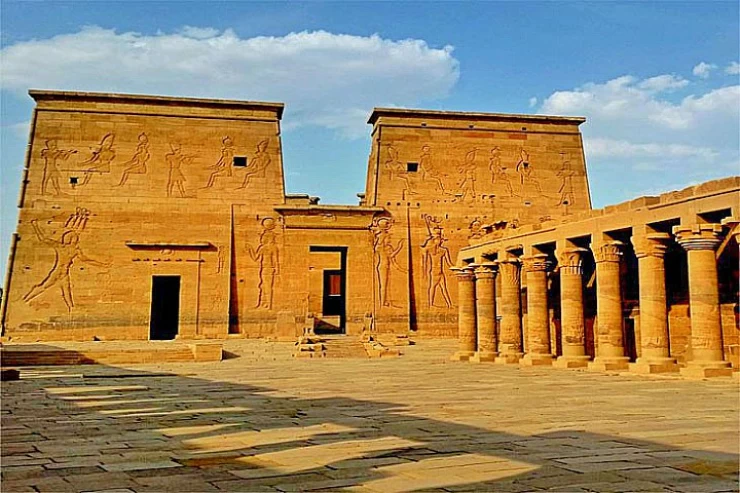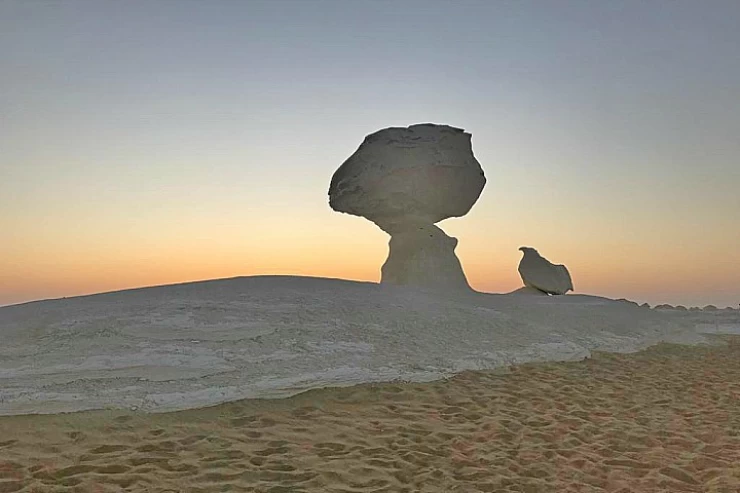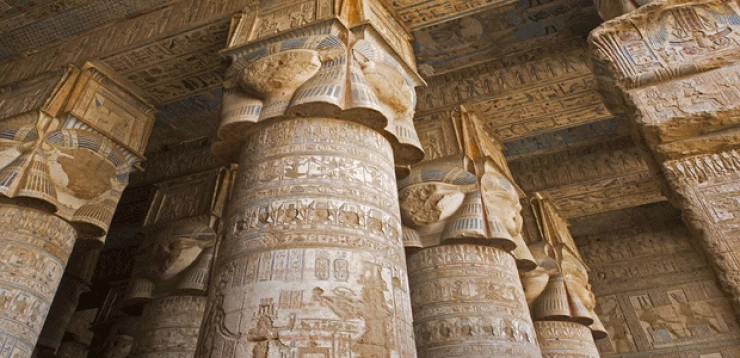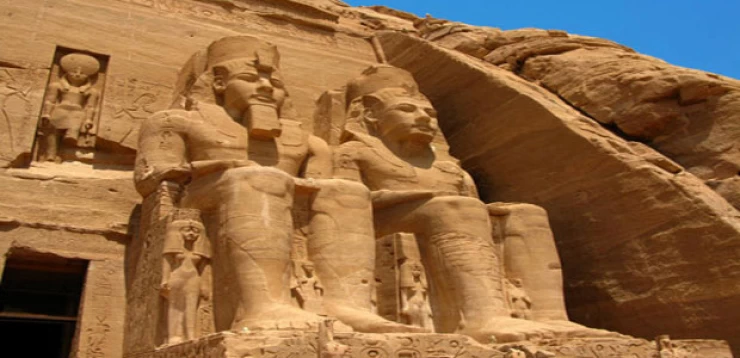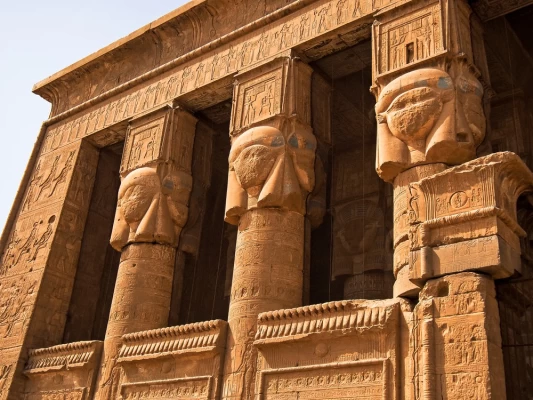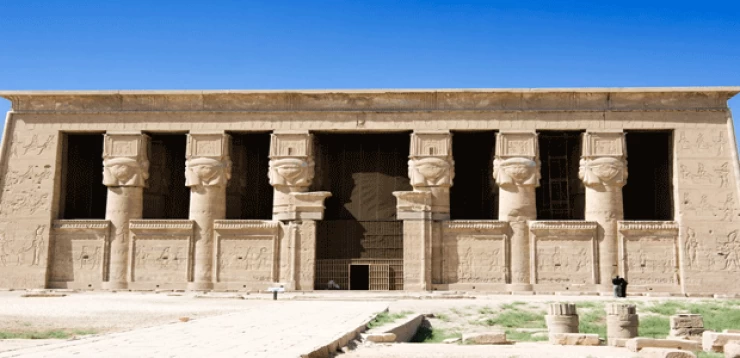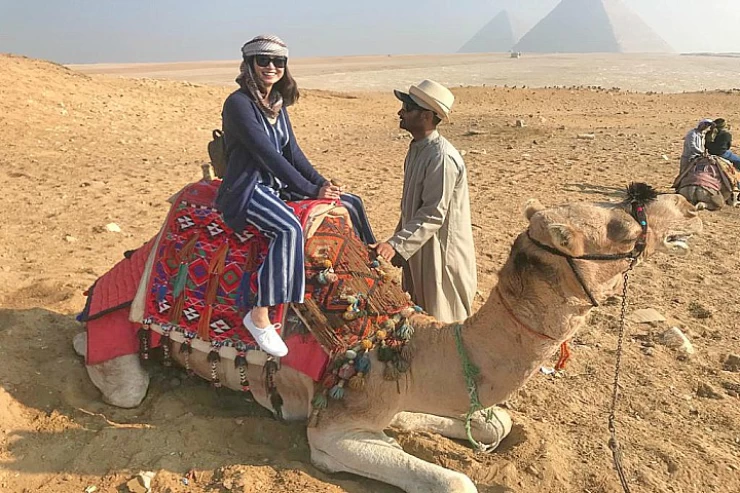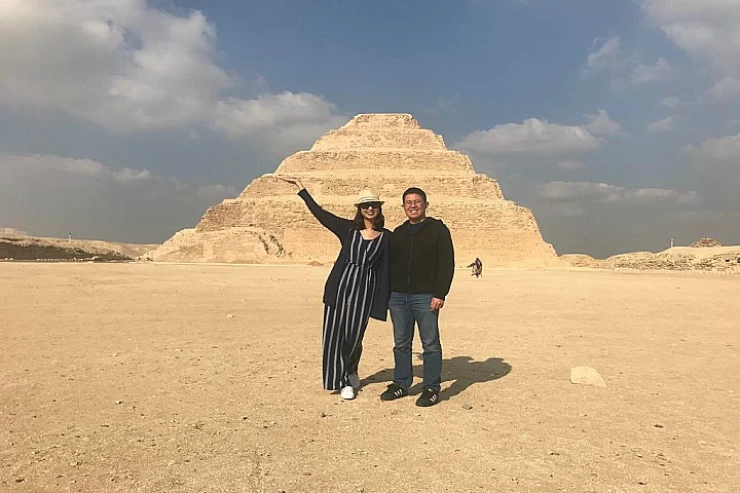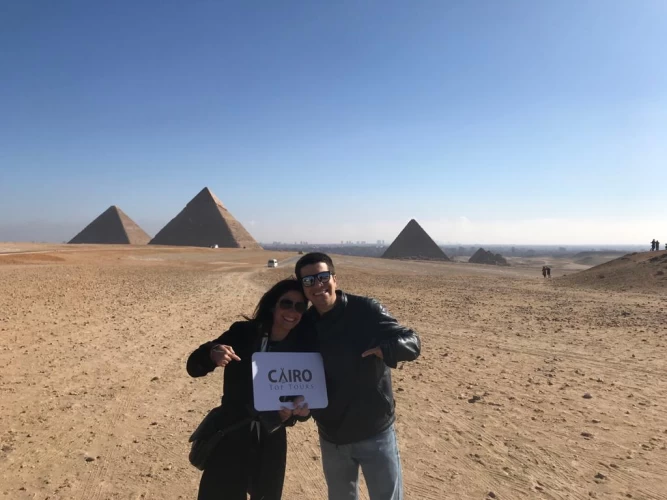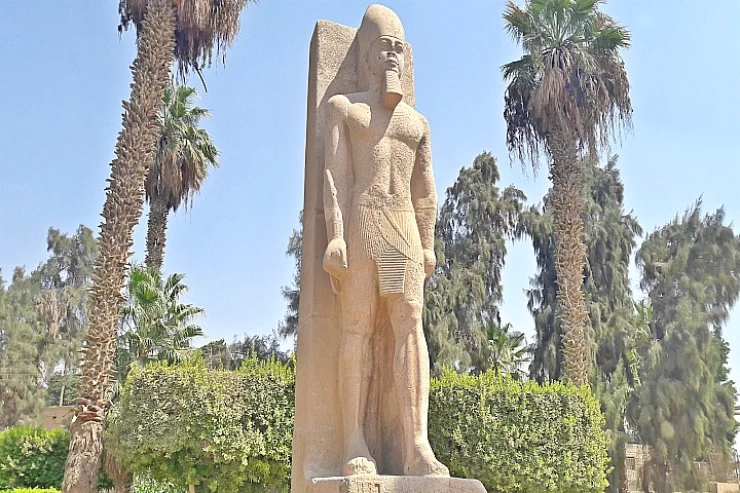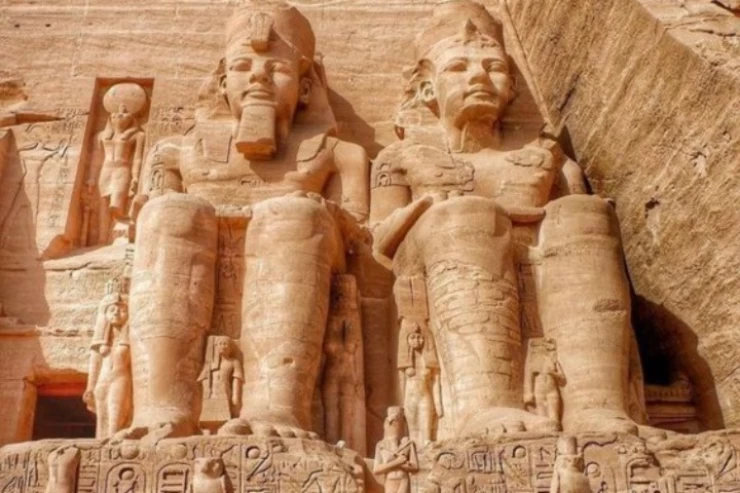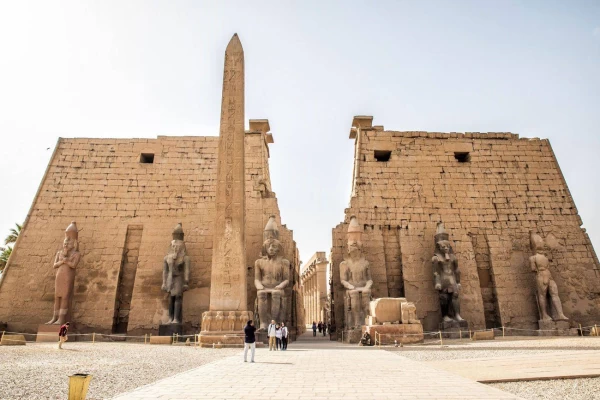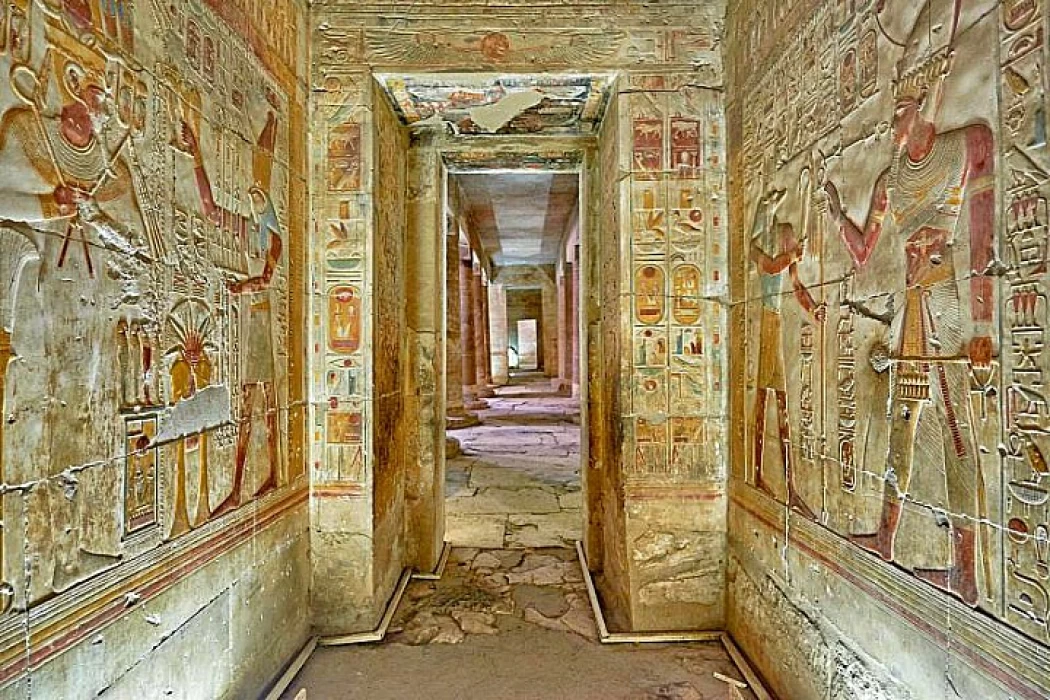
Abydos Temple of Osiris
The Abydos Temple of Osiris is situated in a historically significant area known as a town, which played a crucial role in ancient Egyptian civilization, akin to a prominent archaeological site. Historically, the Ancient City of Abydos was referred to as the "Abdo" temple, a name that was later adopted by the Greeks. The temples in Abydos were constructed by various pharaohs, including King Pepi I, King Ahmose I, King Seti I, and King Rameses II.
The Temple of Seti I, one of the prominent structures in Abydos, is dedicated to the Egyptian deity Osiris, who is associated with the afterlife and the underworld. The ancient Egyptians held the belief that this temple marked the burial site of Osiris. It was built during the reign of King Seti I and later completed by his successors, Rameses II and Merenptah, his son and grandson.
The design of the Temple of Seti I is distinctive, featuring a layout resembling an inverted letter "L." It also houses one of the most comprehensive lists of Egyptian kings and rulers, alongside representations of the ancient Egyptian gods.
The Nile Valley is home to seven shrines, each dedicated to a distinct deity: Seti I, revered as a deified king, along with Horus, Amon Ra, Isis, Osiris, Ptah, and Ra Hor Akhty. Within the temple, one can observe some of the most well-preserved painted friezes and inscriptions, dating back to the Eighteenth Dynasty of Egyptian history. The earliest rulers of Egypt, including those from the First Dynasty, are interred in this city.
Access to the Temple of the city is granted through a largely dilapidated pylon and two expansive courtyards, constructed by King Seti I’s illustrious son, Rameses II, during the New Kingdom period. The original hypostyle hall was also established by Rameses II, featuring reliefs that depict the king making offerings to the deities and overseeing the temple's construction.
Proceeding into the second hypostyle hall, one encounters twenty-four papyrus columns made of sandstone; this section was the final area of the temple to be adorned by King Seti I, who passed away before its completion.
At the rear of this second hypostyle hall, there are sanctuaries dedicated to each of the seven deities: Isis, Horus, Ra-Horakhty, Osiris, Amun-Ra, Ptah, and Seti I. These sanctuaries lead to chambers dedicated to the goddess, her consort, and their child, Isis and Horus, as well as Seth. Additionally, a series of chambers were reserved for the mysteries associated with the goddess and Isis. Sacred boats were housed within the hall, which also included a sacrificial area where animals were slaughtered for rituals or offerings to the gods. Adjacent to this area is a passageway known as the gallery of the kings, adorned with carvings of Rameses II and a meticulously detailed list of other pharaohs.
Latest Articles
Admin
Aswan Governerate in Egypt
One of Egypt's southern governorates is Aswan Governorate. The city of Aswan serves as its capital. At a latitude of 22 north of the equator (also known as the Tropic of Cancer), it is bounded to the north by the Qena Governorate, to the east by the Red Sea Governorate, to the west by the New Valley Governorate, and to the south by the Republic of Sudan.
Admin
Luxor Governorate Egypt
The capital of the Arab Republic of Egypt is Luxor City, which was once known as "Thebes City" because it served as Egypt's capital during the Pharaonic era. It is situated in the South Upper Egypt region, approximately 670 kilometers from the capital Cairo from the south. It is bordered on the north by Qena Governorate, on the south by Aswan Governorate, on the east by Red Sea Governorate, and on the west by New Valley Governorate.
Admin
History of kafr El Sheikh Governorate
Kafr El Sheikh Governorate is an Egyptian governorate, located in the northernmost part of Egypt in the Nile Delta, with Kafr El Sheikh as its capital. It had a population of 3,172,753 in 2015 and an area of 3,748 km². Its entire area is located north of the delta and overlooks the Mediterranean Sea. The main economic activity of the residents of the governorate is agriculture and fishing, especially the southern lands of the governorate and the lands overlooking the Nile River - Rosetta Branch.
Admin
Egypt's New Administrative Capital
The New Administrative Capital is located between the Cairo-Suez and Cairo-Ain Sokhna roads, 60 km from Cairo and the same distance from Ain Sokhna and Suez. The New Administrative Capital is located on the border of Badr City, in the area between the Cairo-Suez and Cairo-Ain Sokhna roads, just after New Cairo, Mostakbal City and Madinaty.
Admin
Al Gharbia Governorate
Gharbia Governorate is one of the governorates full of archaeological sites, whether they are places or facilities (mosques, churches), as the governorate is a destination for visitors to these places throughout the year, whether they are Egyptians from the different governorates.
Admin
Hamata Islands (Qulaan Archipelago) in Marsa Alam
The Hamata area, south of Marsa Alam in the Red Sea, is one of the most important parts of the Wadi El Gemal Reserve, whether in the desert or the sea. It was named after the sorrel plant, which was distorted to Hamata.






